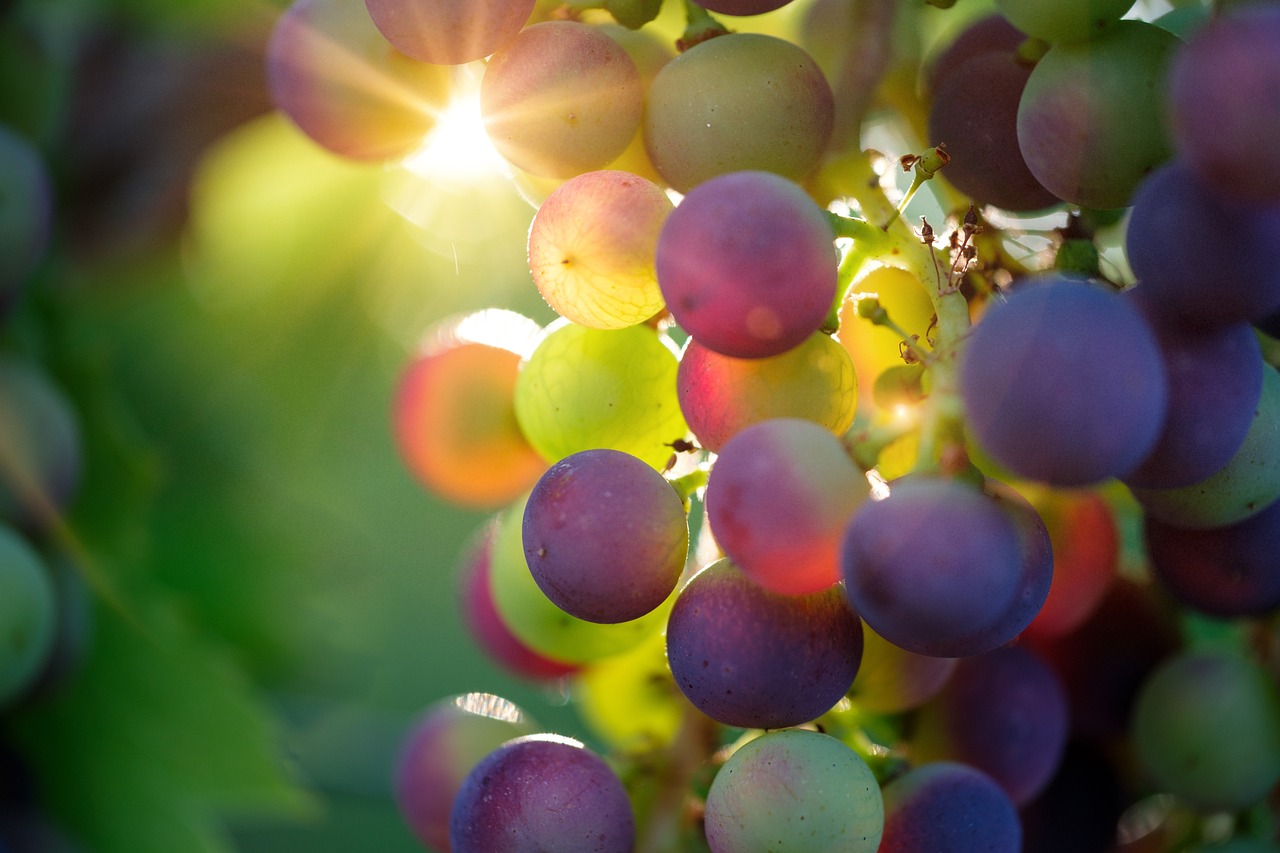When it comes to wine making, pH plays a crucial role in determining the quality and flavor of the finished product. pH is a measure of the acidity or alkalinity of a substance, and in the case of wine, it directly affects the taste, color, stability, and microbial growth in the wine.
pH and Grape Ripeness
The pH level of grapes at the time of harvest is an important factor in wine making. Grapes with a higher pH tend to be less acidic, resulting in wines that are smoother, with less tartness. Grapes that are harvested too early may have a higher acid content, leading to a lower pH. On the other hand, grapes that are harvested too late may have a lower acid content, resulting in a higher pH. Winemakers carefully monitor the ripeness of the grapes and adjust the harvest time to achieve the desired pH level in the wine.
Related Article:
Learn more about how to ferment grapes here.

pH and Fermentation
During the fermentation process, yeast converts the sugars in the grape juice into alcohol and carbon dioxide. This process also affects the pH of the wine. As the yeast consumes sugar, it produces acid and lowers the pH. The pH level must be carefully monitored and controlled during fermentation to ensure that the acidity is balanced and that the wine has the desired flavor profile. Too low or too high pH levels can result in off-flavors and instability in the wine.
pH and Malolactic Fermentation
After the primary fermentation, some wines undergo a secondary fermentation called malolactic fermentation (MLF). This process converts harsher malic acid into softer lactic acid, reducing the overall acidity of the wine. The pH level can change during MLF, and winemakers closely monitor this transformation to ensure that the wine achieves the desired balance of acidity and flavor.
pH and Aging
The pH level of wine also affects its aging potential. Wines with a lower pH, which indicates higher acidity, tend to age well as they have more resistance to oxidation and microbial spoilage. On the other hand, wines with a higher pH can be more vulnerable to spoilage and may not age as gracefully.
Related Article:
Discover how to let wine breathe without a decanter here.

pH Testing and Adjustment
Winemakers regularly test the pH of their wines throughout the winemaking process using a pH meter or test strips. If the pH level is too low, indicating high acidity, winemakers may choose to add tartaric acid to raise the pH and balance the wine. Conversely, if the pH is too high, indicating low acidity, winemakers may add tartaric or citric acid to lower the pH. The goal is to achieve a pH level that enhances the flavor and stability of the wine.
In conclusion, pH plays a crucial role in wine making by influencing the taste, color, stability, and aging potential of the wine. Winemakers carefully monitor and adjust the pH throughout the process to achieve the desired flavor profile and quality in the finished product.

